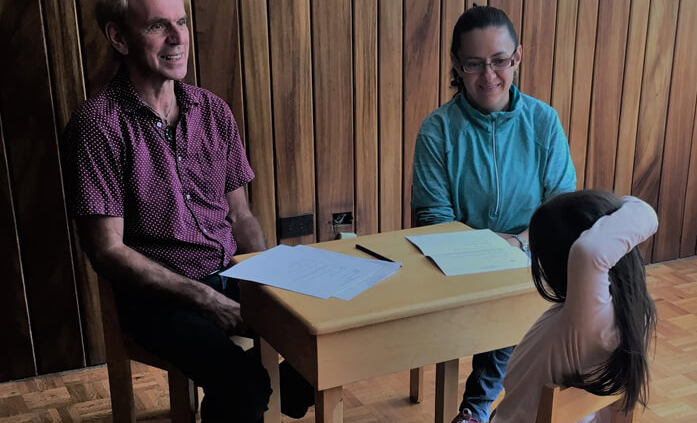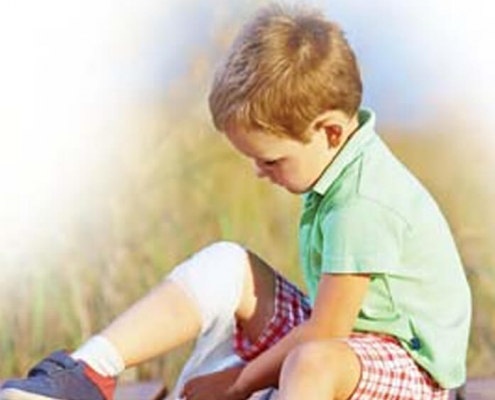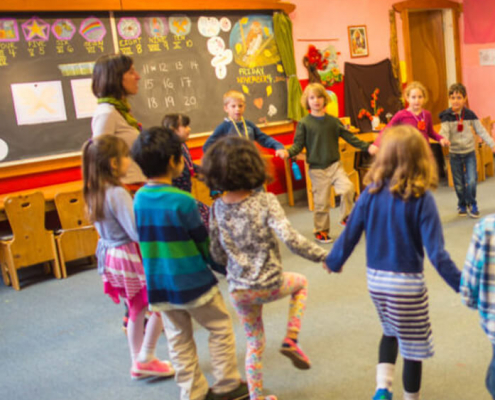First Grade Readiness Assessment
Written by Hans Tholken, teacher at Trinus
First Grade Readiness Assessment is a tool in Waldorf Schools around the world to get a picture of the developmental stage of the children entering grades. This is not an assessment of their academic skills, but rather of their physical, social, and emotional behavior that will support successful learning. This assessment is not to answer the question of whether the child is accepted into first grade or not, but rather to give the first grade teacher a prospective of the developmental stage of each of his or her students as well as a picture of the whole class.
The assessment is led in a playful, imaginative way and are meant to see where the child is developmentally. There is no “score” that shows readiness, and most children do not show full readiness in all areas. Children are always in a developmental process, they are always becoming.
There is a developmental progression of sensory-motor skills that a young child needs to master in the first 7 years of life. Learning has much to do with the movements of our body through childhood that form the pathways in our mind that we later use to read, write, and think in an imaginative and creative way.

Especially the development of two of the lower senses, the Sense of Balance (Vestibular System), and the Sense of Movement (Proprioception) are essential for further learning (please read my article about the four lower senses).
Children who have difficulties reading and writing usually have a poorly developed sense of balance, have difficulty tracking or following with their eyes, have hard time to tell the right side of the body from the left, and have difficulty sitting still in a chair. Children who are ready to read and write should be able to pay attention and sit still in a chair for 20 minutes (without needing to wiggle or sit on their feet or wrap their feet around the legs of the chair). They should be able to easily walk heel to toe on a balance beam. They should be able to reproduce patterns of abstract lines and curves (numbers and letters) on a piece of paper with a pencil when someone draws these numbers and letters on their backs with a finger. If children can’t do these tasks easily then they haven’t integrated their vestibular and proprioceptive (sensory-motor) systems, and they will have difficulty sitting still, listening, focusing their eyes, focusing their attention, and remembering their numbers and letters. If spatial orientation is properly developed children have a better understanding of which way letters and numbers go: top – bottom, left – right.

So in our First Grade Readiness Assessment we check, among others, for balance, ability to cross midline, eye-ear-hand and foot dominance (left–right dominance), eye–hand coordination, and eye tracking in a playful way. The children feel very proud and “big” to be asked to do so many jobs and are very confident to be able to do even much harder work. They certainly feel ready for First Grade, no doubt.








